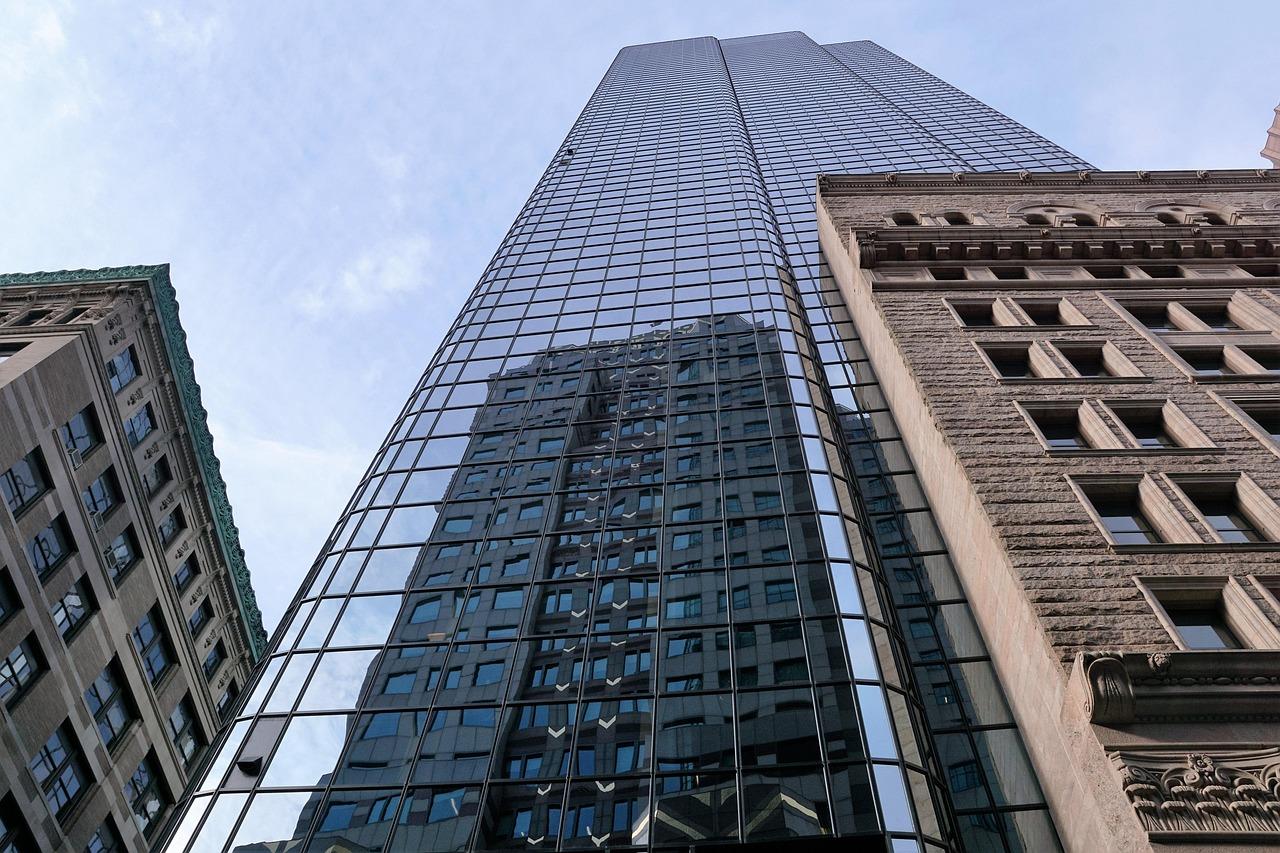
What Is the EB-5 Visa Program?
The EB-5 visa offers a path to permanent residency in the United States for foreign nationals who invest in job-creating U.S. businesses.
To qualify, the investor must:
- Invest at least $800,000 in a Targeted Employment Area (TEA) or $1,050,000 elsewhere
- Create or preserve at least 10 full-time jobs for U.S. workers
- Prove that the funds are lawfully sourced
You can choose to invest through:
- A Direct Investment, where you launch or run your own business
- A Regional Center Investment, which is more passive and project-based
What Is a Direct EB-5 Investment?
A Direct EB-5 Investment means you invest your capital directly into your own U.S.-based commercial enterprise. This option is ideal for entrepreneurs who want to manage or co-own a business and take an active role in its operations.
Advantages:
You maintain full control over business decisions, operations, and finances. You can build your own brand, launch a startup, or expand an existing business. If the venture succeeds, there is potential for higher returns.
Risks:
You are personally responsible for creating 10 full-time U.S. jobs, and failing to meet this requirement puts your Green Card at risk. The business requires daily involvement, placing a higher administrative and legal burden on the investor. It may also be harder to scale, diversify, or exit the business in the future.
This route is typically suited to experienced business owners who plan to relocate to the U.S. and take a hands-on role in running their company.
In addition, direct EB-5 petitions generally take longer to process compared to Regional Center petitions. As of now, the average processing time for I-526 Petition in direct investments is around 27.5 months, while petitions through Regional Centers are processed in about 13.5 months.
However, if you have business experience and a company currently operating in your country, you may want to consider the L1 or EB1C route for your immigration journey, as it provides more flexibility and can also lead to a Green Card.
What Is a Regional Center EB-5 Investment?
A Regional Center is a USCIS-approved entity that manages EB-5 projects, typically in sectors like real estate, infrastructure, or hospitality. As an investor, you place your capital into one of these projects without actively managing the business.
Advantages:
This is a passive investment model — you don’t need to manage or operate a business yourself. Most Regional Centers offer projects located in TEAs, which means a lower investment threshold of $800,000. Importantly, job creation can include indirect and induced jobs, making it easier to meet USCIS requirements.
You also gain more flexibility in where you live and work. While EB-5 investors are never required to live where the business is located, those running a direct business typically need to be nearby, making Regional Center investments more location-flexible.
Another advantage is processing time: the average adjudication time for I-526 petitions through Regional Center projects is around 13.5 months, compared to 27.5 months for direct investments.
Risks:
The capital is still at risk as required by USCIS. Returns are modest — often between 0.25% and 2% per year — and you must rely on the experience and integrity of the Regional Center. You won’t have control over project-level decisions or when your capital will be returned.
Despite these limitations, most EB-5 applicants today choose the Regional Center path because it simplifies the process and reduces hands-on responsibilities. For example, in 2024, out of 4,567 EB-5 petitions filed via Regional Centers, only 19 were denied. In contrast, just 281 petitions were submitted via direct investments, and 20 were denied. The numbers speak for themselves.
To reduce risk, investors should choose projects from Regional Centers with proven track records. You can find an up-to-date list of vetted EB-5 projects.
Direct Investment vs. Regional Center: Key Differences
| Feature | Direct EB-5 | Regional Center EB-5 |
| Management | Active | Passive |
| Job Creation | Must create 10+ direct jobs | Can include indirect jobs |
| Control | Full | None |
| Investment Type | Own business | Pooled investment in project |
| Involvement | High | Low |
| Risk Management | On you | Shared with center |
| Returns | Potentially higher | Typically 0.25–2% |
| Compliance Burden | Higher | Lower |
| I-526 Processing Time | 27.5 months | 13.5 months |
Which Option Is Right for You?
Choosing between Direct Investment and a Regional Center comes down to your goals, risk tolerance, and how involved you want to be in the business.
If you’re an entrepreneur eager to establish or run a company in the U.S. and are comfortable with high levels of involvement and responsibility, the Direct EB-5 route may suit you. It offers more control and potentially greater financial upside, but also comes with more complexity, higher risk, and immigration requirements that rest solely on your business performance.
On the other hand, if your priority is securing permanent residency with minimal day-to-day commitment, a Regional Center investment may be the better choice. It provides a more hands-off experience, greater geographic flexibility, and simplified compliance. While you give up operational control and accept lower returns, the process is more streamlined — and historically, approval rates have been higher.
For many families, the Regional Center model strikes the right balance between risk, effort, and outcome.
Both EB-5 paths offer a viable route to U.S. permanent residency, but they are not one-size-fits-all. The best option depends on your long-term objectives — whether they are entrepreneurial, immigration-focused, or lifestyle-driven. If you’re uncertain, consider speaking with an independent EB-5 advisor who can help tailor a strategy to your family’s unique goals.
Book a Free EB-5 Consultation
Still deciding which path is right for you? We offer unbiased, project-neutral EB-5 guidance to help investors choose between direct investments and Regional Center options — based on your financial goals, immigration needs, and preferred level of involvement.
Categories:




